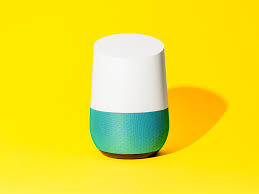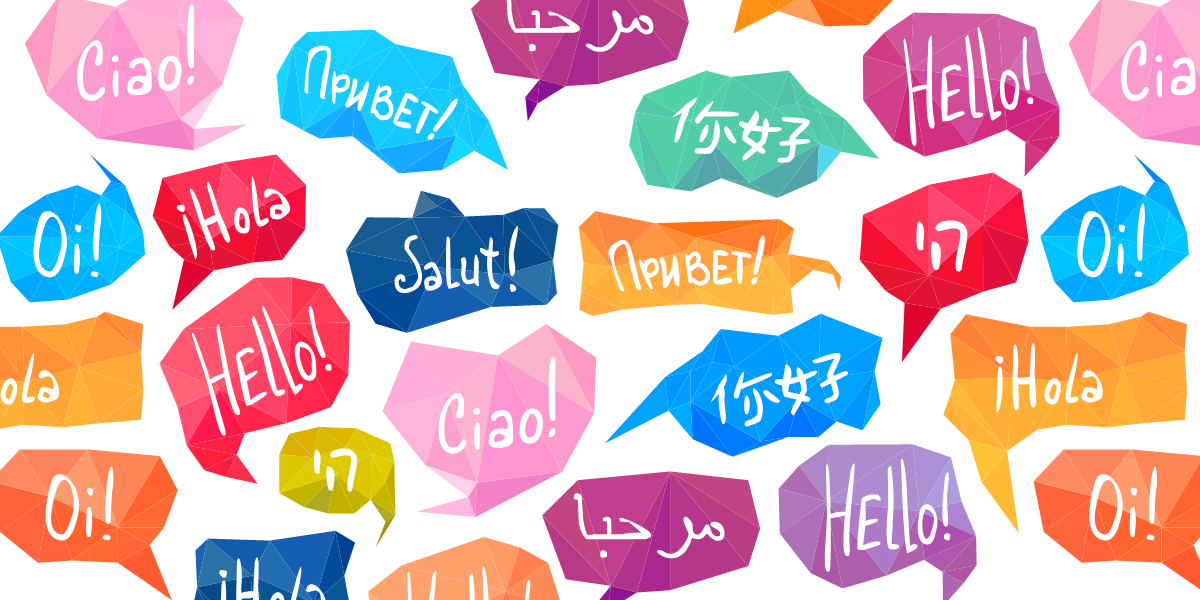The last four or five years have seen things like podcasting and smart speakers go from being niche and geeky, to sitting firmly in the mainstream. Whereas six or seven years ago, a lot of podcasts were DIY affairs that were made by friends in their bedrooms, now many of them are highly polished, professional pieces of media that have serious budget behind them. Likewise, smart speakers, which were gimmicky stocking fillers five or six years ago, are now revolutionising the way people interact with the digital world. Make no mistake, audio is now big business.
I was thinking about how far audio has come over the last few years, which got me thinking; what is the future of audio? The last five years have been so transformative for audio, so where will it be in the next three?
A screenless future?
I’m really inspired by the work of Cognizant, a digital consultancy and am looking forward to working with them on a podcast series. In a recent report they make a bold prediction that we are heading for a screenless, touchless future. The first time I heard this, I balked at the suggestion. But the more I think about it, the more it makes sense. We spend so much of our lives looking at screens, using our laptops at the office, watching TV to relax at home, and flicking through Instagram on the bus home. It stands to reason that all this usage is going to lead to screen fatigue, and we will all be clamouring for less screen time. This is where audio comes in and offers a solution to this problem. Rather than getting your phone out to Google something, you can ask Alexa. Instead of looking for a BBC Good Food article for a recipe, you can download an Alexa Skill. Instead of a TV show, you can unwind with a good podcast.
Now, I’m not saying that a screenless future is a mere three years away. Most people reading this will have grown up around screens to a greater or lesser extent, even if it was just the television, and those habits are hard to break. However I do think that by then, we will have started extensively using voice tech to limit our screen time. Give it ten years, and I truly believe that a screenless future is possible.
Brand sounds
If you work for or run a big company, it probably has a set of brand guidelines. A typical set of guidelines would probably include a colour palette, a guide to using the logo, and how to write copy in the house style. Don’t be surprised if your brand guidelines include brand sounds in 3 years’ time. Choosing the right music for all of your branded collateral is something that can really give you an edge in the market, especially among younger consumers. Music is an emotive and evocative medium, and being analytical about the music you choose to represent your brand will help customers make an emotional connection with your brand. Once you get the formula right will increase customers’ affinity with your brand. And with the current audio boom, getting that formula right is gold dust. Don’t be shocked if the latest edition of your company’s brand guidelines includes ‘brand sounds, this is going to be standard practice within a few years.
Growth into a respected marketing tactic
Again, if you have ever worked within a set of brand guidelines, you’ll be very familiar with the phrase ‘tone of voice’. This typically refers to written copy, but be prepared for that to change. In the next few years, your audio content will have to follow these guidelines too. Think of it like corporate social media accounts ten years ago. They started out being run by the tech savvy intern with little oversight. Now, that intern is the comms manager, and social media is a respected marketing tool that has to adhere to the brand’s tone of voice. Expect audio content to go the same way.
In the past if you had a company podcast, it was probably run by someone who was tech savvy, or always fancied themselves as a bit of a radio DJ. Chances are there was very little oversight over what they were saying on the podcast, and it sort of flew under the radar of the major decision makers. Those wild west days are over. Podcasting is now mainstream, with the biggest shows attracting huge audiences, and any business owner worth their salt will want to ensure that what’s being said on their official podcast shows the company in its best light, and is in line with the corporate strategy.
This also counts for content on smart speakers. Currently, companies who are creating content for Alexa such as flash briefings or Alexa Skills very much take the approach of ‘let’s get something out there, we can’t be left behind on this’. This means that some of the wording might not stick to the exact letter of the brand guidelines. Expect this to change too, as creating content for Alexa becomes more of a mainstream marketing tactic.
Native language personalisation
Personalisation has been a hot trend in marketing for the last few years, and audio is about to experience a personalisation boom of its own. Currently, if you make an incredible Alexa Skill and want to release it in a different country, you have to completely redesign the conversation architecture in a new language. This is a worthwhile, but incredibly labour intensive process. In a few years’ time, this process will be automatic. In recent years, translation software has come on leaps and bounds, with the software gaining more contextual understanding of sentences before translating them. We’re not far away from brands being able to release an Alexa Skill in multiple languages at the click of a button. That’s not the only personalisation I foresee for the coming years either. Once native language personalisation becomes the norm, we’re going to see personalisation for local accents and dialects within countries. One day soon, wherever you live around the world, you’ll be able to set your smart speaker to talk to you in your own language and dialect. If that doesn’t excite you, I can’t help you.




